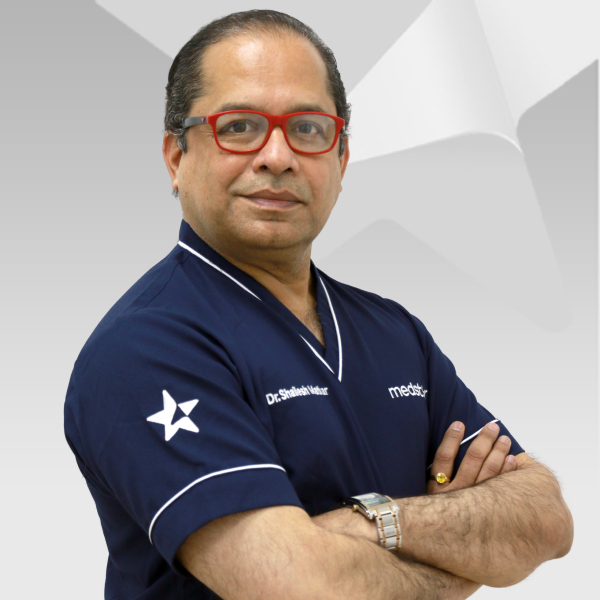Pilonidal Sinus Treatment
The pilonidal sinus, also known as sacrococcygeal fistula, is a small hole in the cleft at the top of the buttocks that is filled with pus. It can become a painful lump. In some cases, a patient can have multiple sinuses under the skin. Recurring pain or discomfort especially when sitting, hair protrusion from the lesion, discharge of pus or blood from the tailbone region, swollen or sore skin, etc. are some of the prominent symptoms of the condition.
Causes
- Sitting for long hours
- Obesity
- Bad personal hygiene
- Prior injuries
- A prior history of the pilonidal sinus in family
Treatment
- Lancing : The infected pilonidal sinus is opened and cleaned. The wound is packed with a sterile dressing and given time to heal for up to a month.
- Phenol injection : Phenol as an antiseptic is injected into the cyst after administering anesthesia. The hardened lesion is closed for healing.
- Excision : An excision is made on the skin containing the sinus. The cavity thus created is left open to heal and to fill naturally from the bottom. The dressing is changed regularly. Healing takes up to 3 months.
- Laser Pilonidoplasty (LPP) : In this method, a small cut is made on the skin to drain out all the pus. Then a laser fiber is used to seal the tract.
- Z-Plasty : The abscess and sinus are removed and the triangular flaps on each side of the midline are loosened to fill the cavity. When the flaps that are in N shape are closed in the horizontal direction crossing the midline, it forms a Z shape closure.
- Cleft lift : The infected tissues are removed leaving a cavity. The cleft is made more shallow and flatter and closed with multi-layered stitches. The new cleft allows better healing and fewer chances of getting infected.
- Limberg flap: Those with severe pilonidal infection are recommended this procedure. The surgeon removes an oblong-shaped plug that will leave a cavity. A flap of skin and thick fat is mobilized from the buttock from the side and below the cavity and the cavity is filled. The flaps are then sutured towards the midline.
Our Doctors

FAQ
- Does Insurance cover Pilonidal Sinus Infection Treatment?
- Are there any side effects of Pilonidal Sinus Infection surgery?
- Does Pilonidal Sinus surgery require anesthesia?
- Is untreated pilonidal sinus dangerous?
- Can a pilonidal sinus go away?
- What are the signs of pilonidal sinus infection?
- When can I resume my daily activist after pilonidal sinus?

